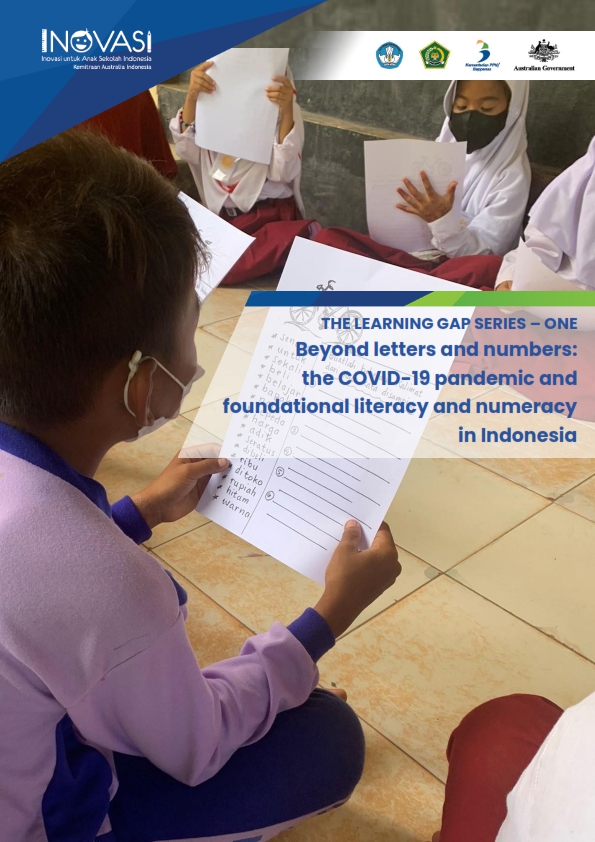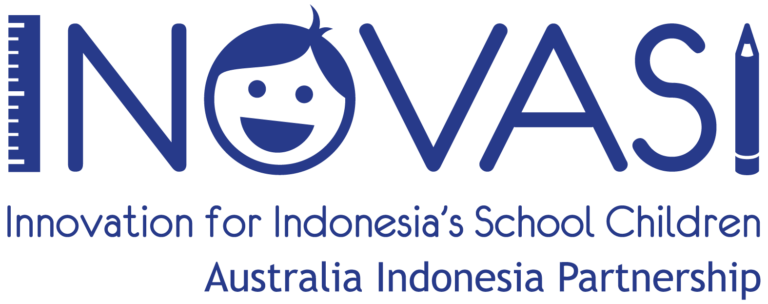
In 2020, with the COVID-19 pandemic spreading across Indonesia and around the world, INOVASI (the Innovation for Indonesia’s School Children) and the Indonesian Ministry of Education, Culture, Research and Technology (MoECRT) initiated a study of foundational literacy and numeracy learning by Indonesian students and the impact of the pandemic on this learning. The Australian Council for Educational Research (ACER) provided technical support. The study developed descriptions of literacy and numeracy achievement levels, referencing both global proficiency frameworks and Indonesia’s curriculum and assessment standards. Student results were benchmarked against descriptors of skills for the Global Proficiency Framework (GPF) Minimum Proficiency Levels (MPLs).
The study aims to identify learning gaps between what the standards set for students to learn and actual student attainment. The findings of this study provide clear directions for taking necessary actions to optimise students’ learning recovery, in addition to designing and implementing school curricula in Indonesia. A study of the effects of curriculum and its interaction with factors affecting delivery within different regions of Indonesia, including a case of learning loss in INOVASI partner schools, is presented in a separate report in the Learning Gap Study series.
The key data elements for the study were (1) data from literacy and numeracy tests administered to students in Grades 1, 2 and 3; and (2) survey responses from principals, teachers, and parents of the sampled students. The survey provided contextual data on the students’ experience of learning the during the school closure.
The instrument used for measuring students’ literacy and numeracy attainment was the Student Learning Assessment (SLA), previously used by the INOVASI team and psychometrically reviewed by ACER. To compare the results of the SLA with the GPF MPLs, the skills measured by the SLA were mapped against the international framework. Student results from the SLA tests were reported as proportions of students attaining a particular level of proficiency in literacy and numeracy.
The study covered more than 18,000 students in Grades 1–3 in 19 districts across eight provinces, representing the western and eastern regions of Indonesia. The data were collected in mid-2021, which was after 12 months of school closures.






